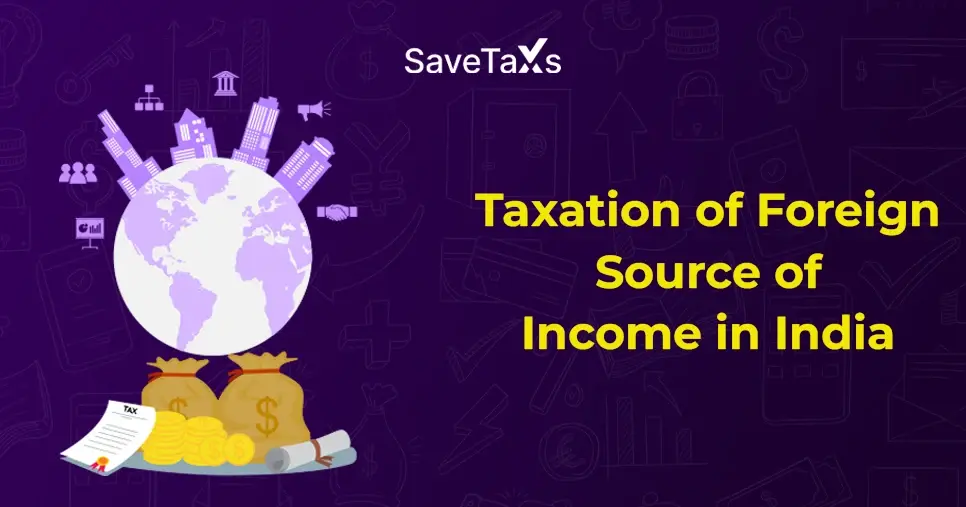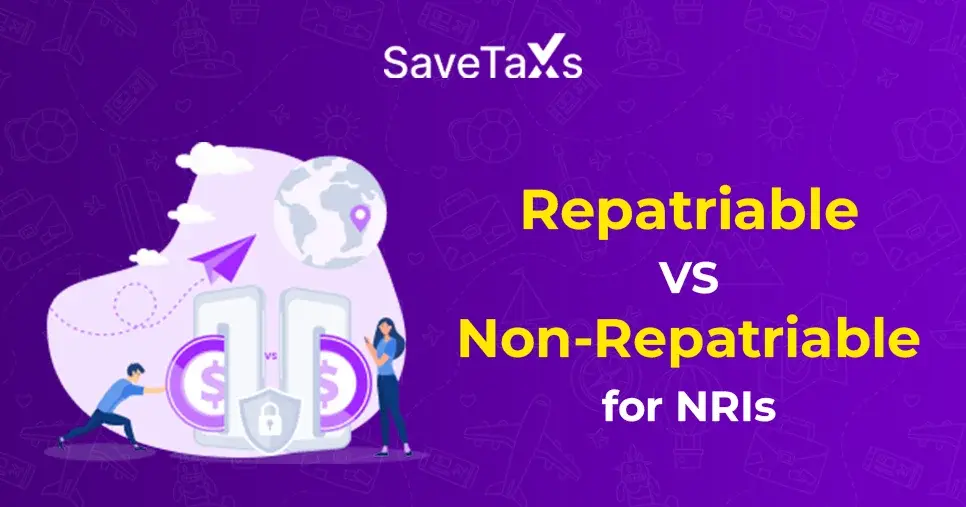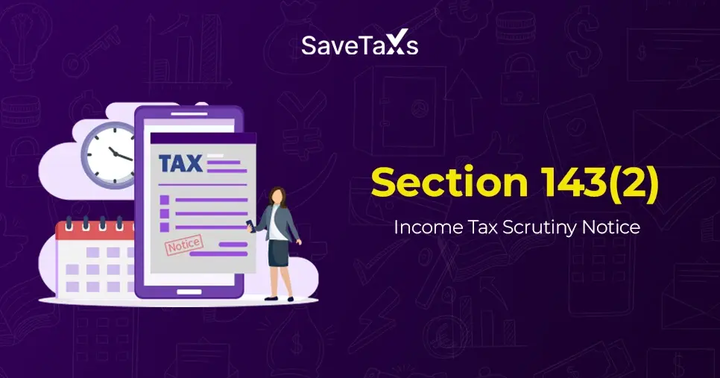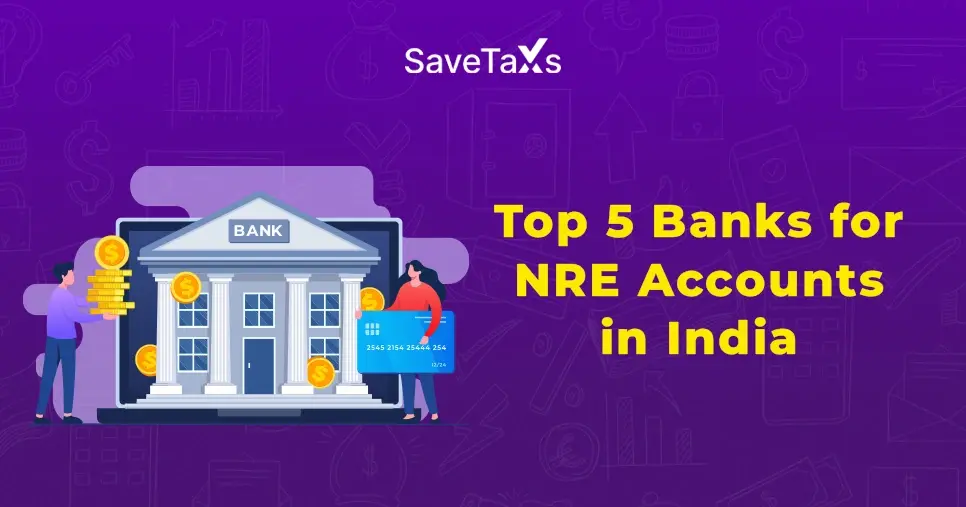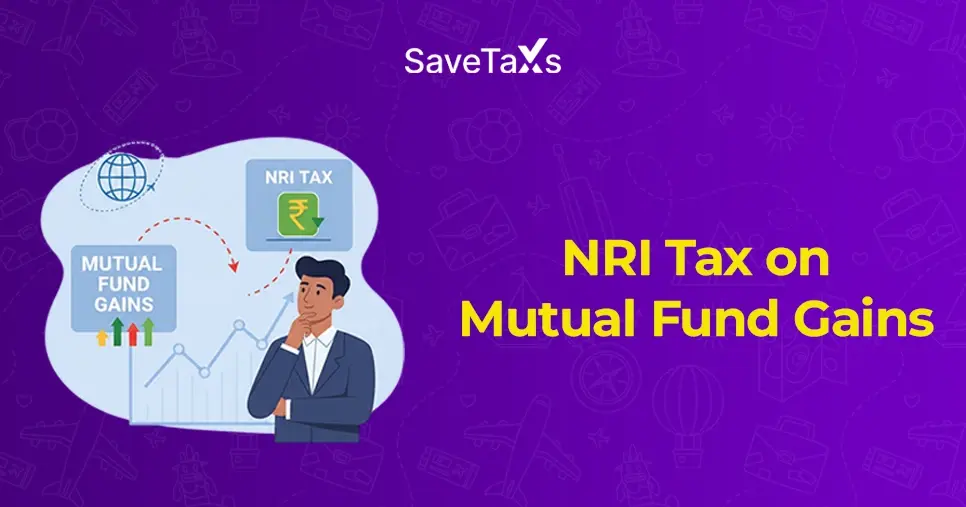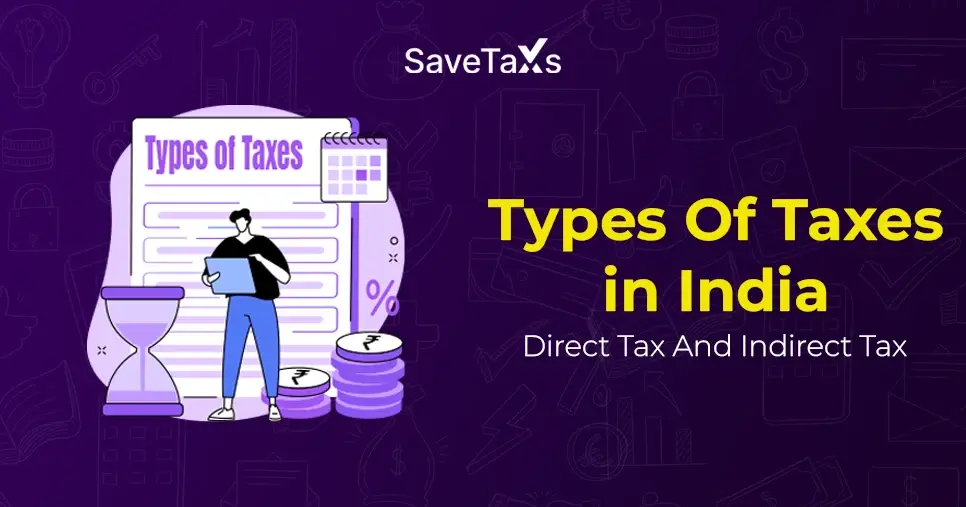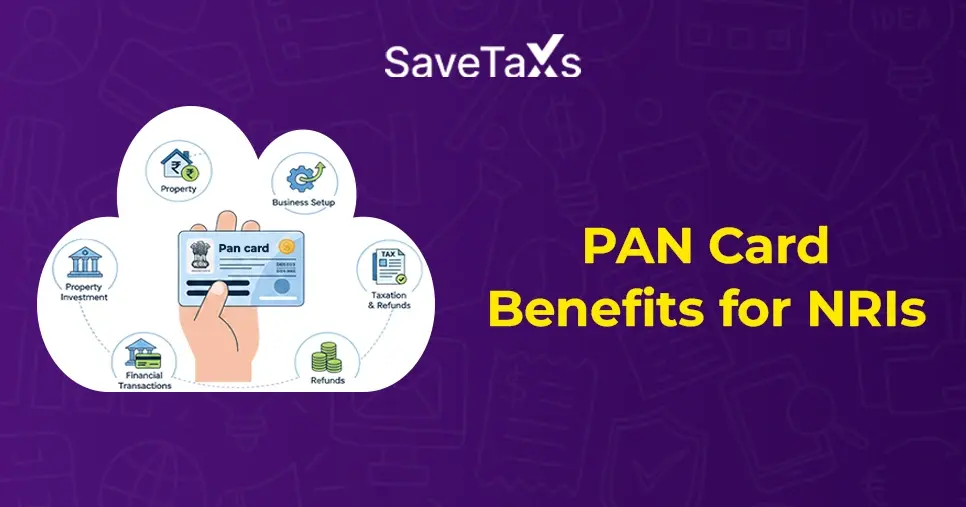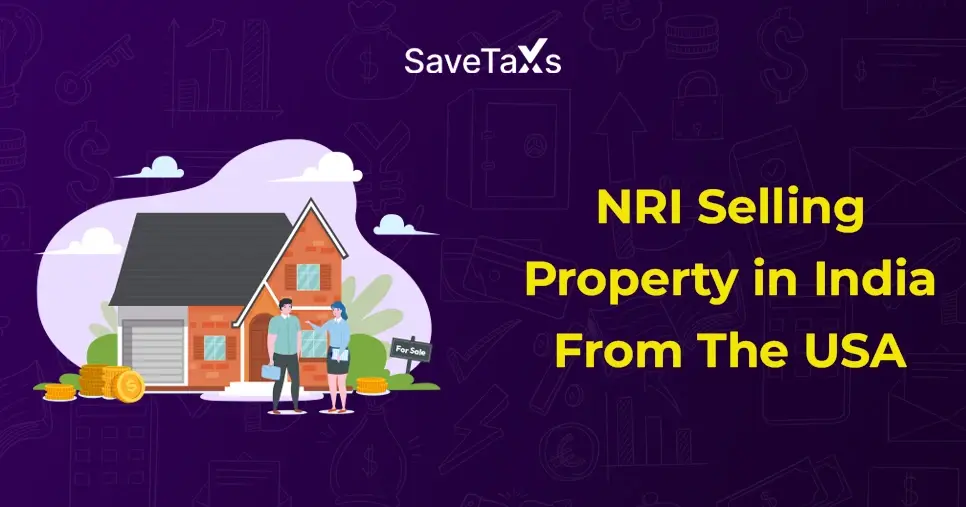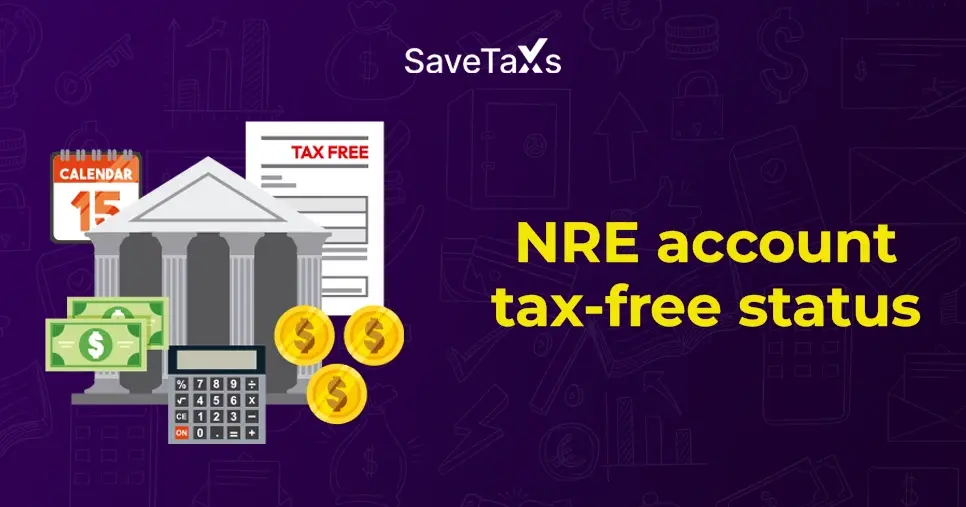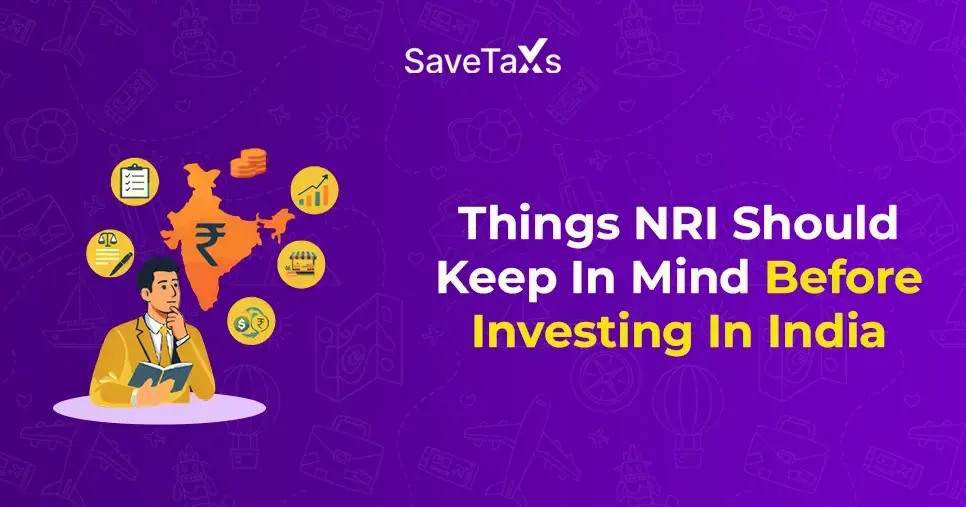Have you ever heard about the ITR-V acknowledgment form? It is an income tax verification form that is used to check whether you have filed your ITR or not. Do you know that whether you are an Indian taxpayer or a non-resident Indian who pays taxes in India, you need to verify your income tax return? Without verification, the ITR process is considered incomplete. Through verification, it is confirmed that the details provided in the ITR are accurate and true to the knowledge of the taxpayer. It also assists in avoiding incorrect filing and preventing fraud. Want to know more about its verification and how you can download this form from the income tax portal? Read the blog and get your answers.
What is the ITR-V Acknowledgment Form?
ITR-V Form stands for 'Income Tax Return- Verification' Form. It is a one-page document sent to you by the Income Tax Department when you file your income tax return online. This form does not need any digital signature and is used as a verification proof. Through email, the Income Tax Department of India sends you the ITR-V form. Additionally, using the e-filing website for income tax, you can also download this form online. To complete your ITR filing, this form needs to be submitted. Considering this, within 30 days after filing your ITR, you need to verify it either by doing e-verification online or by sending the signed copy of ITR-V form to the Centralised Processing Centre (CPC) in Bengaluru.
This was all about what the ITR-V acknowledgment form is. Moving ahead, let's know the steps to download the form from the income tax portal.
How to Download the ITR-V Acknowledgment Form from the Income Tax Portal?
Simply follow the steps below to download your ITR-V acknowledgment form:
- Step 1: Visit the official website of the Income Tax Department and, using your credentials, log in to your account.
- Step 2: Choose the 'e-file' > 'Income Tax Returns' > 'View Filed Returns' option to see your e-filed ITR.
- Step 3: Click on the 'download from' button to download your ITR-V form for the relevant assessment year.
- Step 4: Once you click on the download button, your ITR-V form will be downloaded.
This is how, using these four steps, you can easily download your ITR-V acknowledgment form in a PDF format. The document serves as evidence that your ITR has been submitted successfully. In case till now you have not verified your return, you can use this form for verification offline by post. Moving further, let's know the different ways you can e-verify your ITR online.
What Are the Ways to E-verify the Income Tax Return?
There are several ways you can do your ITR verification online. To provide you with an idea, here are five ways you can opt for:
ITR Verification via Aadhaar-Based OTP
For ITR verification via Aadhaar-based OTP, choose the option, "I would want to verify my ITR by receiving an OTP on my mobile number registered with my Aadhaar card' mentioned on the e-verify page, and click on the continue option. A pop-up will appear on your screen. Tick on the given checkbox for 'I agree to validate my Aadhaar card details' and click on the 'create Aadhaar OTP' option. On your mobile number, you will receive a 6-digit OTP. Mention it in the given space and complete the verification.
ITR Verification via Net Banking
If you want to verify using net banking, on the e-verification page, choose the 'via Net Banking' option and click on the continue process. Select your bank, click on the continue option, and using your credentials, log in to your net banking account. Under the tax section, you will find the E-Verify option. Once you click on that option, you will be back on the income tax portal. Opt for the right ITR form and to complete the process, click on the e-Verify option.
ITR Verification via Bank Account
To e-verify your ITR via bank account, from the e-verify page, select the 'via Bank Account' option and click on continue. To provide the Electronic Verification Code (EVC), certify that your bank is already pre-validated. You will receive the EVC on your registered mobile number and email address. Mention the code and complete your ITR-V process.
ITR Verification via Demat Account
The ITR verification 'via Demat Account' is like the bank account method. In this, you also get an EVC code on your registered mobile number and email mentioned on your Demat account. Mention the code in the given space and complete the process.
ITR Verification via Bank ATM
ITR verification 'via Bank ATM', this option is available to selected banks only, such as ICICI Bank, Axis Bank, and SBI Bank. To verify your ITR using your ATM card, swipe it, enter your PIN, and choose the 'Create EVC for Income Tax Filing' option. You will receive the EVC at your registered email and mobile number. Mention the code on the e-filing Income Tax portal and complete the ITR-V process.
These are the available options you can opt for ITR-V online. The process to download the form remains the same for Indian residents and NRIs. Additionally, you can also choose ITR verification via post if you prefer offline mode. Want to know how you can do so? Read the next section and get your answers.
ITR-V Submission to CPC in Bengaluru
If you choose offline ITR verification mode 'via post' first from the e-filing portal, you need to download the ITR-V form or take a printout of the copy of the form received in your email. Using the blue ink, sign the form and put it in an A4-size envelope. Ensure that for each envelope, you use one ITR-V. Additionally, you do not need to provide any supporting documents with this form. Within 30 days of your ITR filing, send this envelope to the CPC by standard or speedy post, as the courier services are not accepted. Here is the address at which you need to post your ITR-V form:
Income Tax Department - CPC, Post Box No.1, Electronic City Post Office, Bengaluru- 560500, Karnataka.
While sending the ITR-V form by post, make sure the envelope is labelled clearly and send it within the given timeline to avoid your filed ITR being treated as invalid. Furthermore, let's know the things you need to follow while submitting the ITR-V via post.
Things to Consider While Submitting ITR-V to CPC Bengaluru
While submitting your ITR-V form to CPC Bengaluru, here are a few things that you need to consider to avoid any delays or rejections. These are as follows:
- When sending your ITR-V via post, ensure that each envelope contains one form.
- Within 30 days of filing your ITR, your ITR-V form should be signed and submitted to the Income Tax Department.
- In case the ITR-V form was not submitted within 30 days of your ITR filing, then your filed ITR will be considered invalid. It will be denoted as in the following assessment year, you did not file the ITR.
- The ITR-V form should be printed in black and be easily legible.
- In case of manual submission, you need to sign the form using blue ink.
- In the form, a bar code and a number are mentioned. Do not sign on them as they need to be visible clearly.
- Avoid using the stapler or folding the form while sending it via post.
- You are required to send the ITR-V form in an A-4-sized white envelope.
- Send the document via standard or speed post. Do not courier it as it is not accepted by the Income Tax Department.
These are a few things you should keep in mind while sending the ITR-V form via post. Here, the process is the same for the Indian residents and NRIs. Moving further, let's know the steps to download your ITR form for the previous year.
What Are the Steps to Download Your Previous Year's ITR?
To download your ITR form for the previous year, follow the steps mentioned:
- Step 1: Visit the e-filing portal of the Income Tax Department and, using your credentials, log in to your account.
- Step 2: Click on the 'e-file' tab, then go to the 'income tax returns' option, and from there click on the 'view filed returns' option.
- Step 3: Once you click on that, you will get the list of filed income tax returns with their processing status along with the assessment years. From the list, you can choose the year and click on the 'download form' option to download the ITR form of that year. Additionally, in the downloaded form, you will also get the processing status of your ITR and know if there is a refund or outstanding demand.
These are the steps that you need to follow to download your ITR form for the previous year. For both the Indian residents and NRIs, the process remains the same to download the form.
Final Thoughts
For both Indian residents and NRIs, Form ITR-V is a vital part of the income tax return process. As stated above in the blog, this form serves as proof of your filed ITR in a financial year. Hope after reading this blog, you know what form ITR-V is and why it is important for taxpayers. Additionally, how using the mentioned steps in the blog, you can verify your ITR online and offline. Furthermore, the process of filing an ITR and verifying it, especially for NRIs, can be a little intimidating. If you are among those people who find filing ITR difficult, consider taking professional help from Savetaxs. Our tax experts ensure accuracy and provide you with possible income tax refunds. So, do contact us if you need any help with your taxes.
Note: This guide is for informational purposes only. The views expressed in this guide are personal and do not constitute the views of Savetaxs. Savetaxs or the author will not be responsible for any direct or indirect loss incurred by the reader for taking any decision based on the information or the contents. It is advisable to consult with either a Chartered Accountant (CA) or a professional Company Secretary (CS) from the Savetaxs team, as they are familiar with the current regulations and help you make accurate decisions and maintain accuracy throughout the whole process.

Mr Varun is a tax expert with over 13 years of experience in US taxation, accounting, bookkeeping, and payroll. Mr Gupta has not prepared and reviewed over 5000 individual and corporate tax returns for CPA firms and businesses.
- Securities Transaction Tax: What It Is and How It Is Levied?
- What is Double Taxation Avoidance Agreement (DTAA)? How NRIs can Claim Benefits Under DTAA
- Section 54F of Income Tax Act - Exemption on Purchase of Residential Property
- Section 144 of the Income Tax Act: Best Judgement Assessment
- RSU Taxation in India: Everything You Need to Know About
- TDS Deduction on Rental Property Owned by NRI
- Form 10BA of Income Tax Act: Due Date, Applicability, How to File and Download
- TDS Certificate Form 16A For NRIs: TDS on Indian Income
- Section 144 of the Income Tax Act: Best Judgement Assessment
- Donations Under Section 80G and 80GGA Of The Income Tax Act
Want to read more? Explore Blogs
Frequently Asked Questions
No matter what your source of income is, we've got you covered. There’s a plan for everybody!
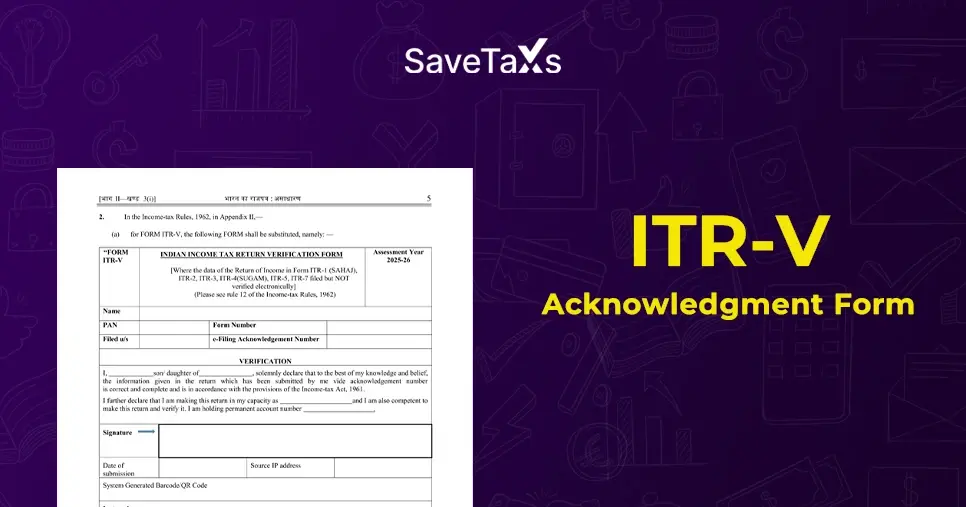
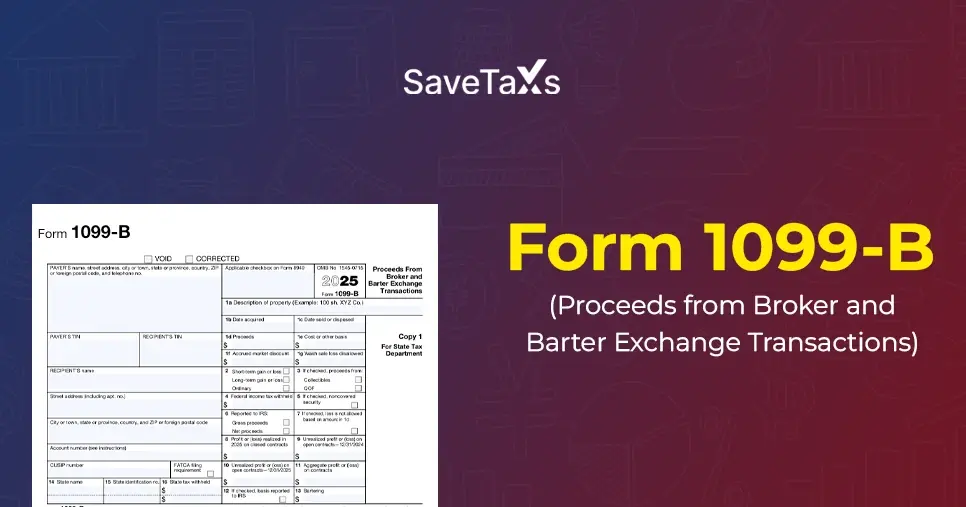
_1764918370.webp)
_1766129179.png)
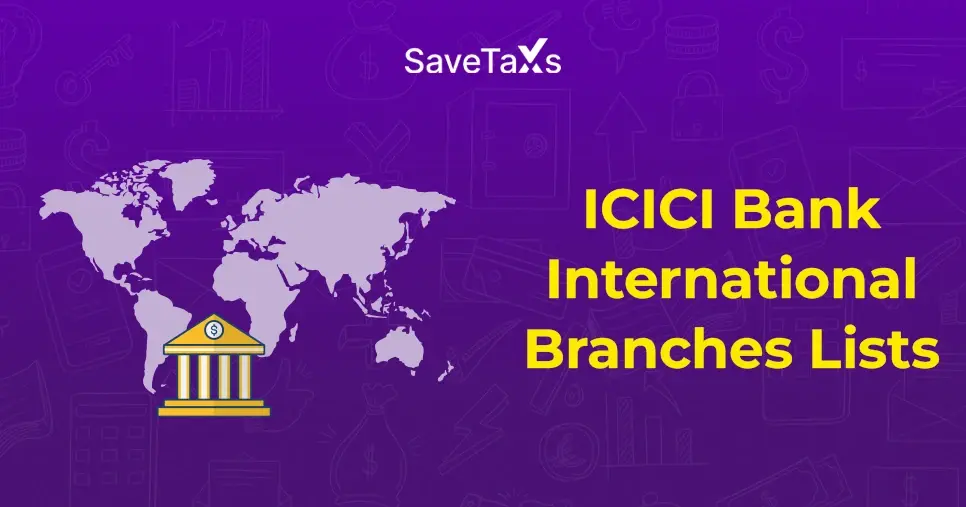
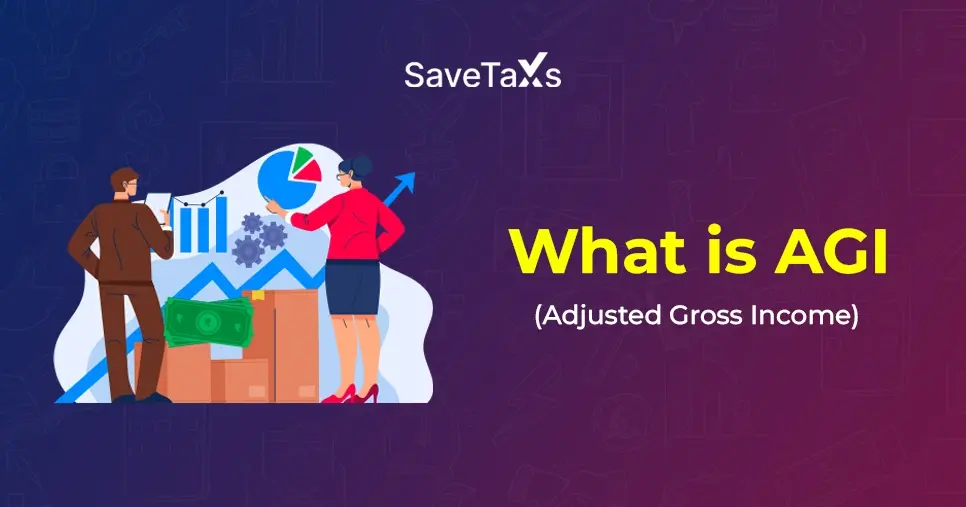
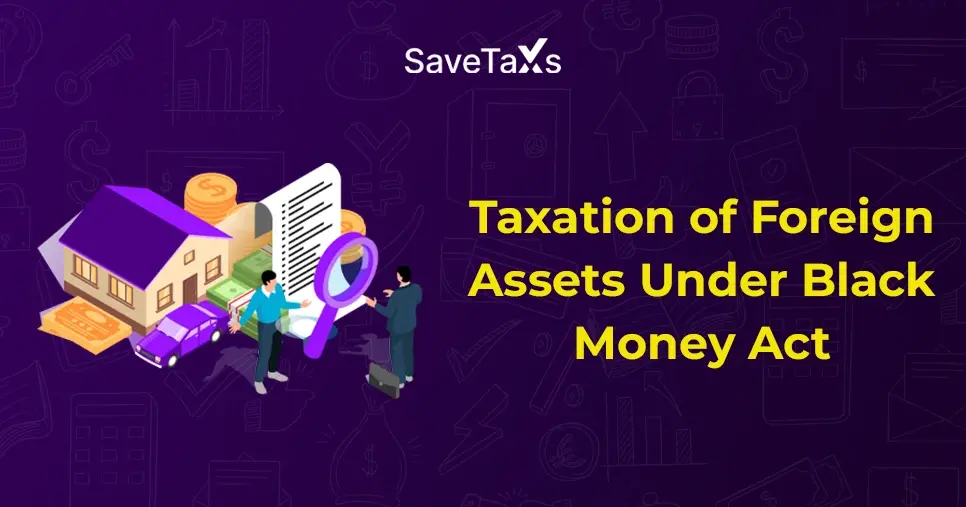
_1765974748.webp)
